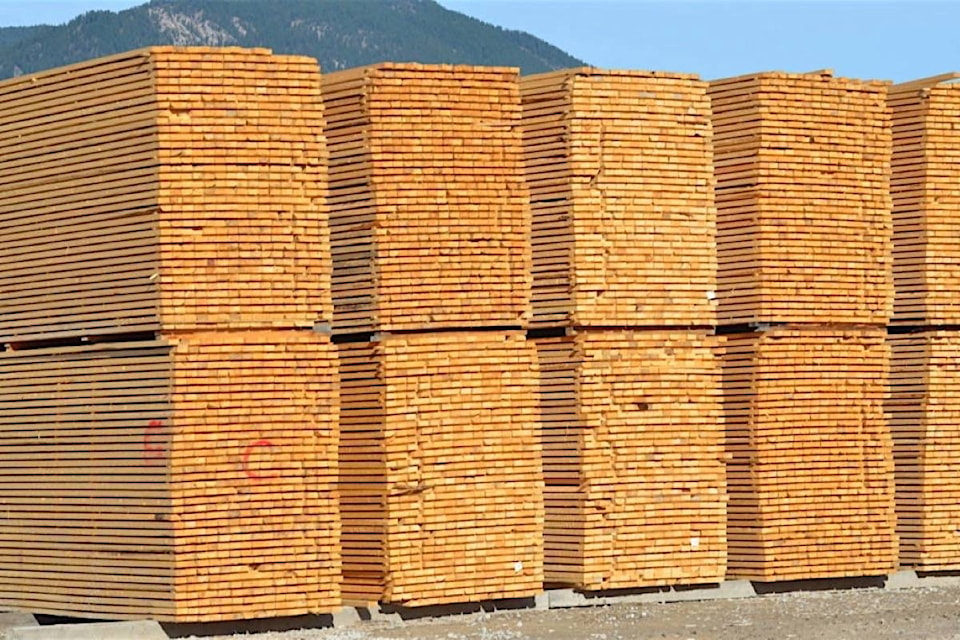A new study conducted by BC Council of Forest Industries (COFI) found that in 2019, COFI member companies purchased $7 billion worth of goods and services from nearly 9,900 B.C.–based companies and Indigenous suppliers located in every region of the province.
The 2019 Regional Supply Chain Study conducted by iTotem Technologies Ltd assesses the supply chain spend and reach of 19 COFI member companies.
According to the study, more than 340 communities and 120 Indigenous Nations and organizations of all sizes benefited economically from the forest industry supply chain, including many Lower Mainland communities.
“Many people tend to associate the forest industry with rural areas and smaller communities, but this study shows that people working in businesses in urban centres like Vancouver, Surrey, Burnaby, Nanaimo and Kamloops also depend on a strong and vibrant forest industry supply chain,” said Susan Yurkovich, President and CEO, COFI.
Yurkovich also said that the study “clearly demonstrates” that the forest industry’s “deep roots” supported workers and families right across the province.
COFI represents the majority of lumber, pulp and paper, and manufactured wood producers from across B.C. COFI members purchased $2 billion worth of goods and services from 2,100 businesses located across 19 municipalities in Metro Vancouver.
Vancouver-based companies were the top recipients of forest industry supply chain spend, with local purchases totalling $978 million.
On Vancouver Island, $1.2 billion worth of goods and services were purchased from 1,600 suppliers, of which more than 420 were located in Nanaimo and 300 in Campbell River.
Suppliers range from manufacturers designing, producing and servicing parts for the equipment used in forestry operations to urban-based tech companies developing digital solutions to improve harvesting, tree planting and regeneration processes, to administration, janitorial and catering services.
In the North, Prince George was home to 970 forestry suppliers that provided $718 million in goods and services. And more than 550 businesses from Kelowna and Kamloops in the Interior provided a combined $220 million of the forestry supply chain spend.
According to Port McNeill Mayor Gaby Wickstrom, almost 80 per cent of their population earns a living in some way from the forest industry. With a population of 2,200, PortMcNeill had 40 companies provide $39 million in goods and services to the industry last year.
“Many of those small businesses are key partners to the industry. We are all interconnected in some way and to learn of the dollar figure contributed from forestry to our local economy is astounding,” said Wickstrom.
The study showed that forestry is a primary industry in many Indigenous communities. Business agreements and stewardship partnerships between the forest industry and Indigenous Nations provided about $250 million in economic benefits to Indigenous communities, with close to 120 Indigenous Nations or affiliated businesses participating in the industry in 2019.
The new study builds off previous studies that show that B.C.’s forest industry supports more than 100,000 direct and indirect jobs, contributing nearly $13 billion to the provincial GDP and generating close to $4 billion in annual revenues to municipal, provincial and federal governments in recent years to help fund important public services like health care and education.
READ ALSO: Lumber hitting record-high prices as supply lags behind demand
